I did something recently that I have never done before. I renovated a painting.
What started out as a little tweaking ended up being a full repaint of a previously completed and varnished painting.
And that was OK.
I had struggled with this concept of a painting renovation, thinking that the original painting was part of my art story, part of a timeline that I needed to preserve. But isn't it also an important part of my art story that I was able to recognise a piece of artwork that no longer spoke to me and let it go to allow something new and possibly wonderful to emerge?
So how did I come to the decision to paint over this particular painting?
I have quite a stash of paintings ready to be sold after a outpouring of creativity over the past 5 years, and let's be honest, I would rather have them hanging on someone's wall where they can hopefully give some enjoyment than sitting in a cupboard hibernating, so I sat down one day with pen and paper in hand and tried to detach myself from the emotional connection I have with each canvas and clinically look through the eyes of an outsider.
What started out as a little tweaking ended up being a full repaint of a previously completed and varnished painting.
And that was OK.
I had struggled with this concept of a painting renovation, thinking that the original painting was part of my art story, part of a timeline that I needed to preserve. But isn't it also an important part of my art story that I was able to recognise a piece of artwork that no longer spoke to me and let it go to allow something new and possibly wonderful to emerge?
So how did I come to the decision to paint over this particular painting?
I have quite a stash of paintings ready to be sold after a outpouring of creativity over the past 5 years, and let's be honest, I would rather have them hanging on someone's wall where they can hopefully give some enjoyment than sitting in a cupboard hibernating, so I sat down one day with pen and paper in hand and tried to detach myself from the emotional connection I have with each canvas and clinically look through the eyes of an outsider.
| The first step was to narrow down my choices. I was mindful of not dwelling too long on this part so I relied on my gut feeling, placing them in two piles. One pile was for the paintings that I was completely happy with. The other pile was for if I felt something was a bit off in the painting. At this stage I didn't ask what that feeling of "offness" was, I just kept going through the pile. Once this was done, I then went back and really examined each painting objectively, one by one in the questionable pile. With notepad and pen I initially listed what immediately came to mind. Was the focal point off or non existent? Was the colour scheme to my liking? Was I happy with the shape and texture of the subjects? I then began to write in more detail what exactly I didn't like or thought needed tweaking, one painting at a time and what I thought was needed to enhance the piece. |
So how do you prepare a varnished canvas ready for more layers?
I used spray Satin varnish on this painting so I first removed the varnish by lightly spraying the whole canvas with Atelier Unlocking Formula. This product is primarily used to unlock layers of paint that you would like to re-work. I discovered that it also unlocks thin layers of spray varnish. After letting it sit on the surface for 5 minutes I grabbed a light kitchen scourer (one you use for non stick pans) and lightly scrubbed in a circular motion, all over the surface to loosen the varnish. I then wiped it over with a baby wipe and then sprayed lightly with a mist of water and wiped a clean paper towel to remove as much residue as possible. After letting it dry, I applied a coat of Atelier clear Gesso, I was ready to begin.
I used spray Satin varnish on this painting so I first removed the varnish by lightly spraying the whole canvas with Atelier Unlocking Formula. This product is primarily used to unlock layers of paint that you would like to re-work. I discovered that it also unlocks thin layers of spray varnish. After letting it sit on the surface for 5 minutes I grabbed a light kitchen scourer (one you use for non stick pans) and lightly scrubbed in a circular motion, all over the surface to loosen the varnish. I then wiped it over with a baby wipe and then sprayed lightly with a mist of water and wiped a clean paper towel to remove as much residue as possible. After letting it dry, I applied a coat of Atelier clear Gesso, I was ready to begin.
| So, with my surface prepared, where to next? My first step was to build a colour palette, not knowing whether I was going to keep elements of the orginal painting or not. There were definately elements of this painting that still appealed to me, namely the colours in the background so I painted some swatches in my sketchbook and used a palette knife to see how they would look togther. |
| So, now to the scary part. What am I saying? Up until now this whole process has been scary. But I digress.... I needed to let go of the original painting and to take a step that I couldn't go back from I chose this deep red to begin. Grabbing a small sponge brush i decided to cover up the part that was my least favourite, the white at the top of the canvas. I have to say that I had my heart in my throat at this stage and I think I may have closed my eyes at the first swipe of colour. But, after that inital fear I relaxed into the process and accepted that there was no going back now. Some dripage followed which added some lovely glazes to the underneath. |
At this stage, I was over my initial fears and I was really happy with the colours and way they were blending. I began working on the composition by penciling in the flowers, leaves and stems with a chalk pencil. I wanted to keep the lotus flower theme from the original painting. Then I underpainted with a light lime green made up of the background colours
| I added more and more layers of colours, pushing and pulling the highlights and shadows, giving the flowers shape and beginning to decide which ones needed to come forward and which ones to push back. As I get closer to finishing a painting I usually bring in more dry brushing to add texture and a crispness to some of the elements |
And finally the finished piece.....
When I decided down this road I was filled with apprehension. What if it didn't work? Does this mean I am a throwaway artist? Am I an artist at all if I discard my work? All of these insecurities were sitting on my shoulder through the inital steps.
But this turned out to be a most liberating experience and gave me the confidence to change my mind if I decide something isn't resonating with me, that it was OK and totally my perogative to take this step. I am much happier with the new version and can definitely see my own growth as an artist between the old and new.
When I decided down this road I was filled with apprehension. What if it didn't work? Does this mean I am a throwaway artist? Am I an artist at all if I discard my work? All of these insecurities were sitting on my shoulder through the inital steps.
But this turned out to be a most liberating experience and gave me the confidence to change my mind if I decide something isn't resonating with me, that it was OK and totally my perogative to take this step. I am much happier with the new version and can definitely see my own growth as an artist between the old and new.
So if you have the inclination to do reinvent a painting, I'd love to see the before and after and hear what you thought of the process.
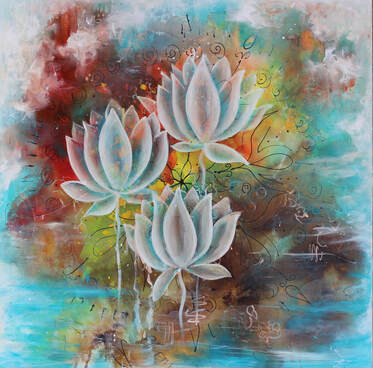
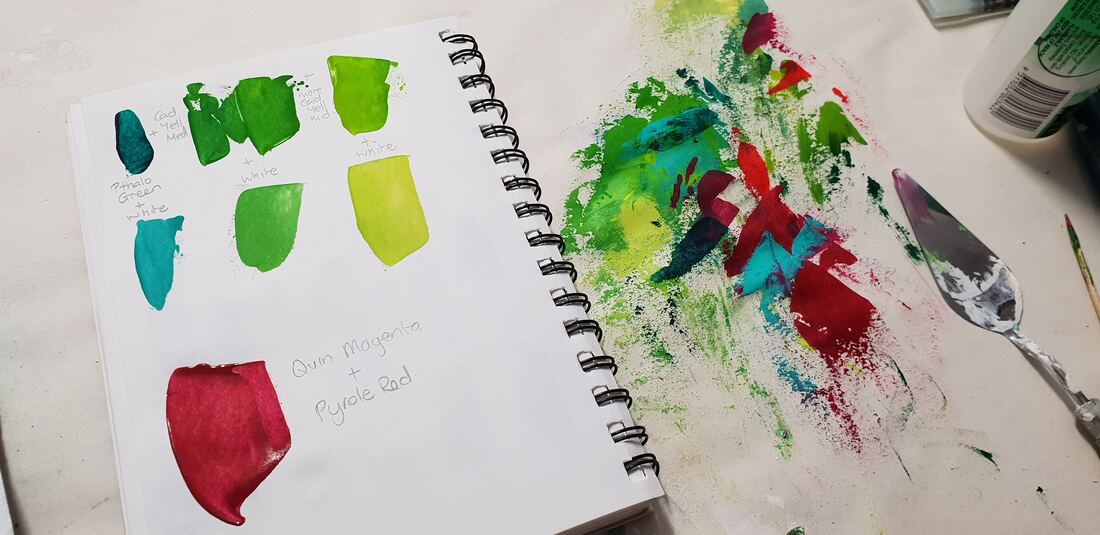
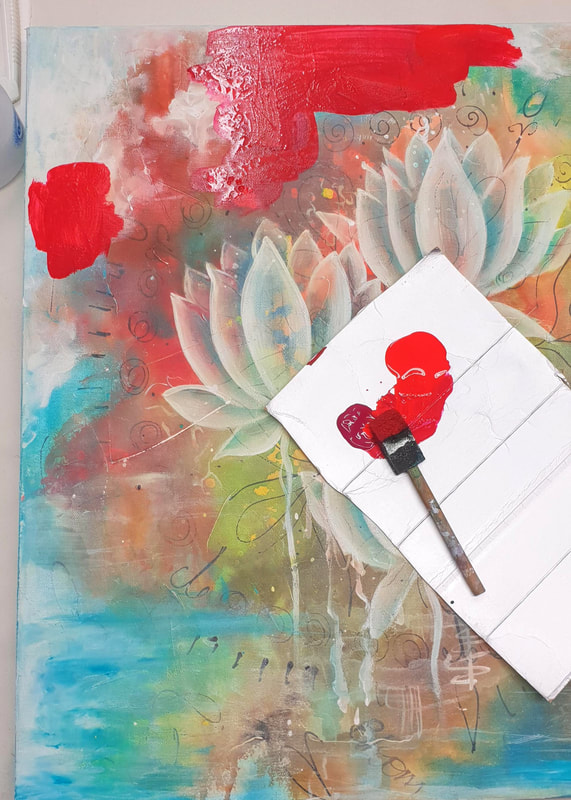
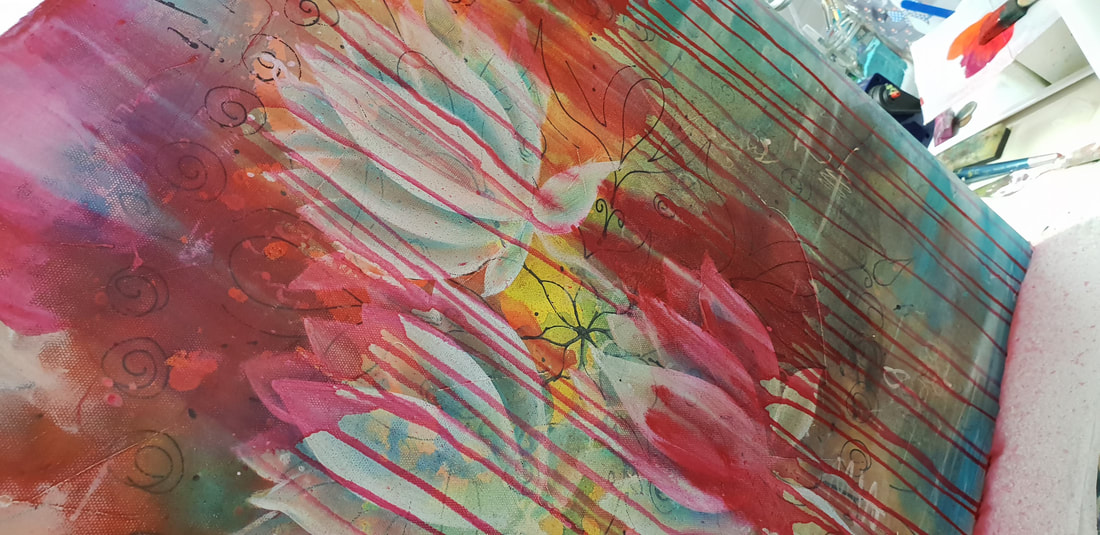
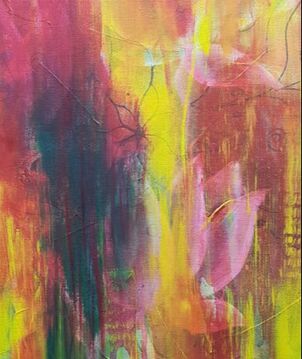
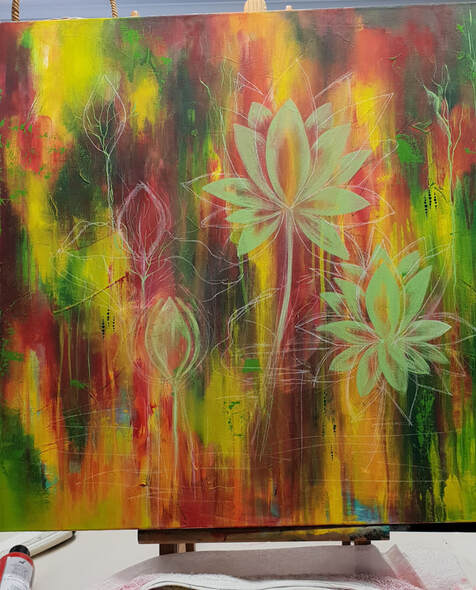
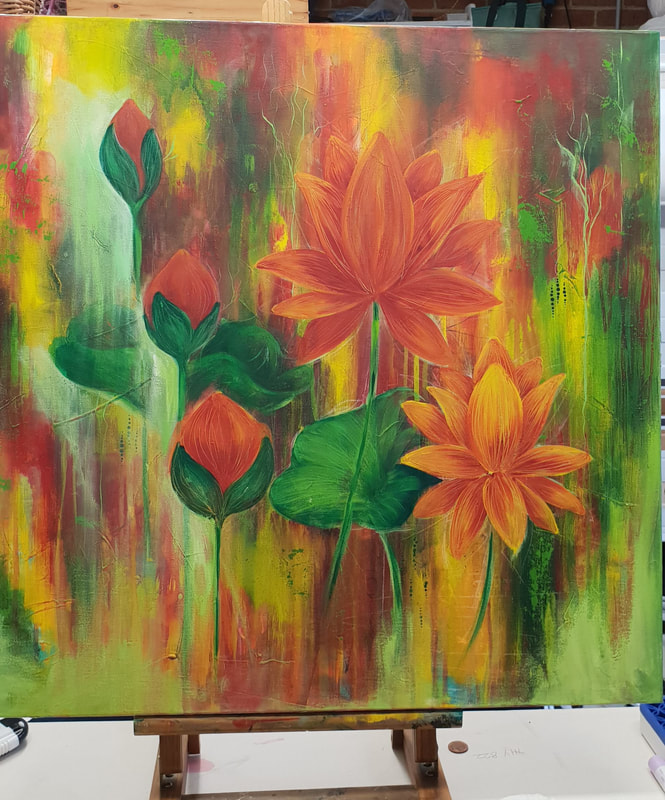
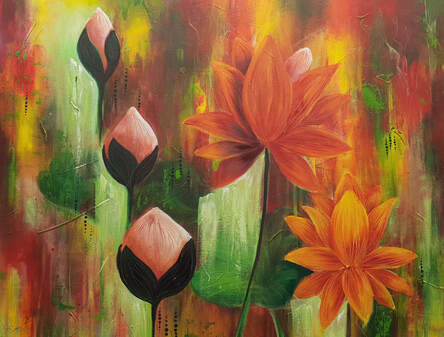
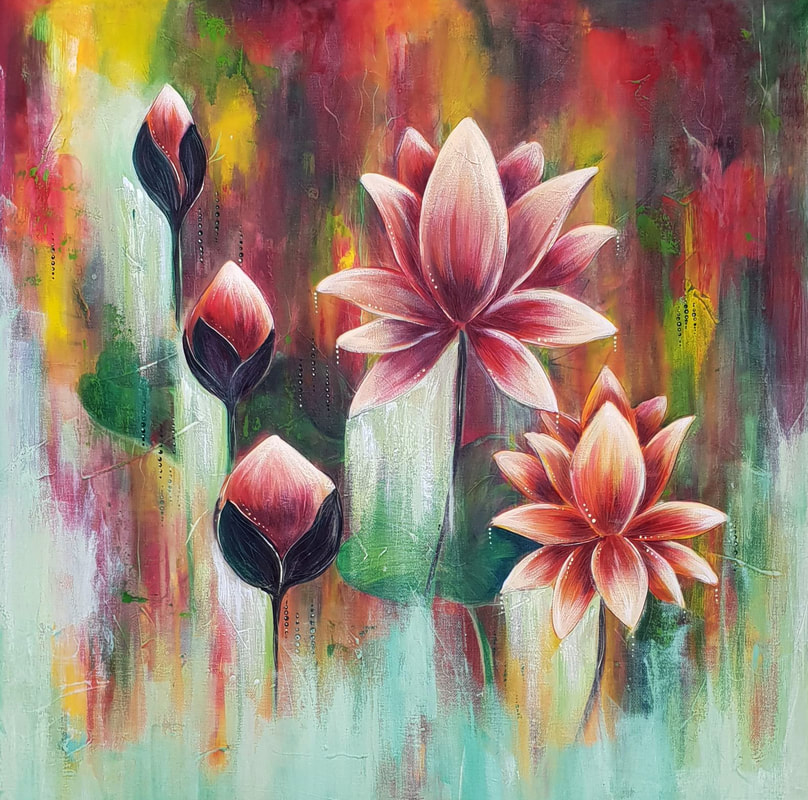
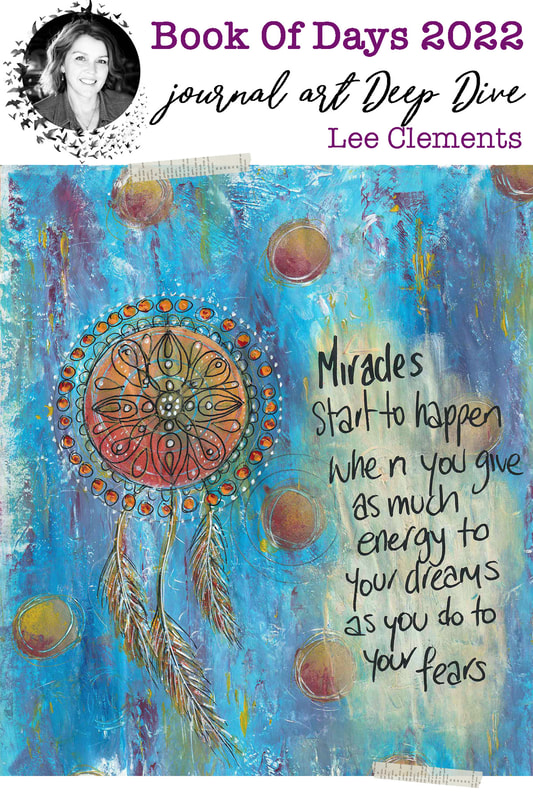
 RSS Feed
RSS Feed